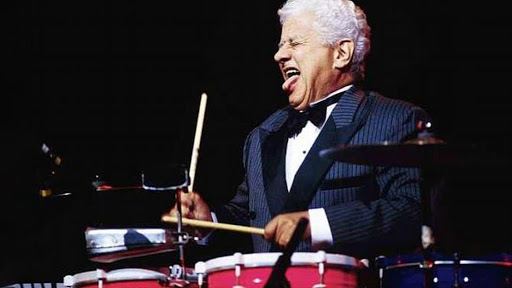Somaly Zapata Music
The Dominican Republic is known for being the second largest and most diverse country in the Caribbean, noted for the warmth of its climate and the hospitality of its people. They are also known and famous for their talent for dancing wherever there is music, which is influenced by their West African, Spanish and European roots; Among the genres that stand out the most is “Merengue”, “Bachata” and “Son”; Another genre that also stands out as popular music is “La Balada”, “Rap”, “Dembow”, “Rock” and “Jazz”.
In this opportunity we have the pleasure of introducing you through International Salsa Magazine to Somaly Zapata, a Dominican singer who followed her path in the musical world firmly and in an evolutionary way in her musical themes, from her first song in merengue “Regálame” to his new theme song to be promoted at the moment “¿Verdad que duele?” In its sauce version.
She was born on July 24, 1988, from a very young age she showed inclinations for musical art, getting to participate in different social events. Her first song was a Mother’s Day gift to her grandmother when she was 13 years old. As the years went by, its melody and lyrics developed in the genres of Salsa, Merengue, Balada, Bachata or a fusion of them, giving it a characteristic that other songs do not have.

It was influenced by great tropical artists such as Milly Quezada, Olga Tañon, Celia Cruz, La India, among others; However, he did not show his voice to the public at that time because he was a very shy person, but always with a musical spirit deep inside him.
Later he began to perform in different activities imitating only the movements of Milly Quezada and doing an almost perfect mimic of his great songs. In her adolescence she began to discover herself as an artist on a vocal level through her lyrics, taking classes on topics related to this art, writing situations without personal experience, but that were interesting for a composer hungry to express her most intimate feelings.
Somaly Zapata shows us her musical history, beginning in 2011, when she decides to go to work in the United States “USA” at the “Stagedoor Manor Performing Arts” as a cultural exchange, which allows her to acquire knowledge and in turn save money for be able to professionally record your first song. From that moment on, she began her artistic career with the outstanding Dominican musician / arranger Juan Valdez Ybet, who, merging ideas, supported by the great career of Mr. Valdez and the magic of the singer’s lyrics, is launched from gradually form the different singles of the artist; Not to mention that he is a member of ASCAP (American Society of Composers, Authors and Publishers).

The themes and / or songs that they present to us:
Author: Somaly Zapata
Arrangement: Juan Valdez Ybet
Regalame – (Merengue)
Para alguien como ti – (Salsa)
Cuando se apague el sol – (Salsa)
¿Verdad que duele? (Salsa) promotional theme
For more information, you can contact this great artist through:
Correo: [email protected]
WebSite:
Instagram: https://www.instagram.com/somalymusic/
Twitter: https://twitter.com/somaly_zapata
GooglePlus: https://plus.google.com/116832184355913365324
Facebook: @ somaly.zapata.5








